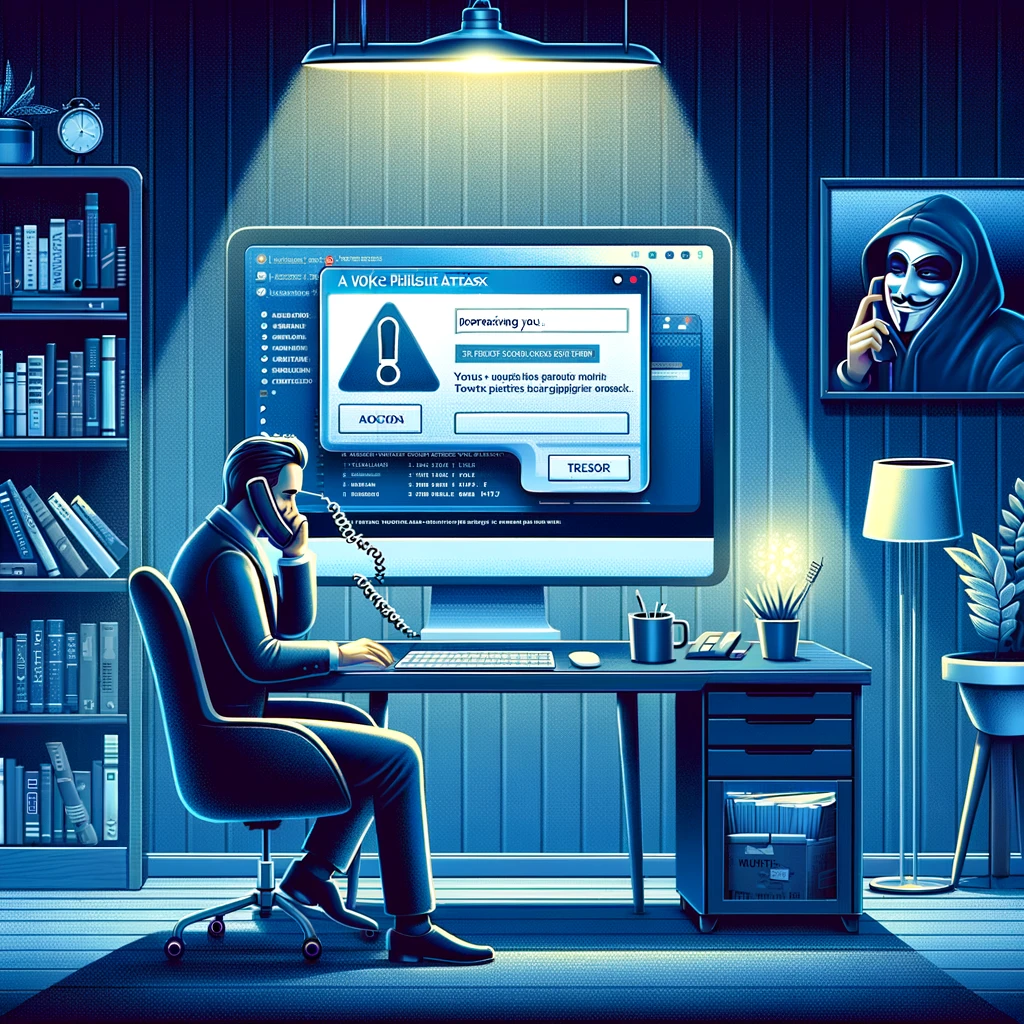
In an era where cyber threats loom large, safeguarding your digital assets begins with fortifying your passwords. Despite advancements in cybersecurity, the humble password remains one of the primary defenses against unauthorized access. However, not all passwords are created equal, and understanding the dos and don’ts of password security is paramount in keeping your online presence safe from prying eyes. Let’s delve into the essentials:
The Dos:
- Use Strong, Complex Passwords: Craft passwords that are lengthy, combining uppercase and lowercase letters, numbers, and special characters. Aim for a minimum of 12 characters to make them resilient against brute force attacks.
- Unique for Each Account: Avoid the pitfall of using the same password across multiple accounts. A data breach in one service could compromise all your accounts if they share the same credentials. Utilize a password manager to securely store and generate unique passwords for each account.
- Enable Two-Factor Authentication (2FA): Add an extra layer of security by enabling 2FA wherever possible. This typically involves receiving a verification code through an alternate device or app, further securing your account even if your password is compromised.
- Regularly Update Passwords: Periodically change your passwords, especially for sensitive accounts such as online banking and email. Set reminders to update them every few months to mitigate the risk of long-term exposure to potential threats.
- Stay Informed: Keep yourself updated on the latest cybersecurity trends and best practices. Understanding emerging threats can help you adapt your password security measures accordingly.
The Don’ts:
- Avoid Common Passwords: Steer clear of predictable passwords such as “password123” or “123456.” Hackers often exploit common patterns and dictionary words to crack passwords swiftly.
- Revealing Personal Information: Refrain from using easily guessable information like your name, birthdate, or pet’s name in your passwords. Such details can be easily gleaned from social media or public records, making your accounts vulnerable to targeted attacks.
- Sharing Passwords: Resist the temptation to share your passwords, even with trusted individuals. Each shared instance increases the risk of unauthorized access, jeopardizing the security of your accounts.
- Ignoring Security Warnings: Pay heed to security alerts from service providers indicating suspicious login attempts or outdated passwords. Ignoring these warnings could leave your accounts vulnerable to unauthorized access.
- Writing Down Passwords: While it may seem convenient, jotting down passwords on physical notes or storing them in unsecured digital files poses a significant security risk. Opt for a reputable password manager instead.
By adhering to these dos and don’ts of password security, you can fortify your online defenses and mitigate the risk of falling victim to cyber threats. Remember, the strength of your passwords directly impacts the security of your digital identity. Stay vigilant, stay secure.

Penetra Cybersecurity is at the forefront of defending the digital frontier, providing cutting-edge solutions to protect businesses and organizations from the ever-evolving threats of the cyber world. Established with a mission to create a safer internet for everyone, Penetra leverages a blend of advanced technology, expert knowledge, and proactive strategies to stay ahead of cybercriminals.
Ready to take the next step towards a more secure future? Schedule a consultation with us today and discover how we can help protect what matters most to you. Don’t wait until it’s too late—with Penetra Cybersecurity, your business isn’t just secure; it’s imPenetrable.




